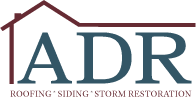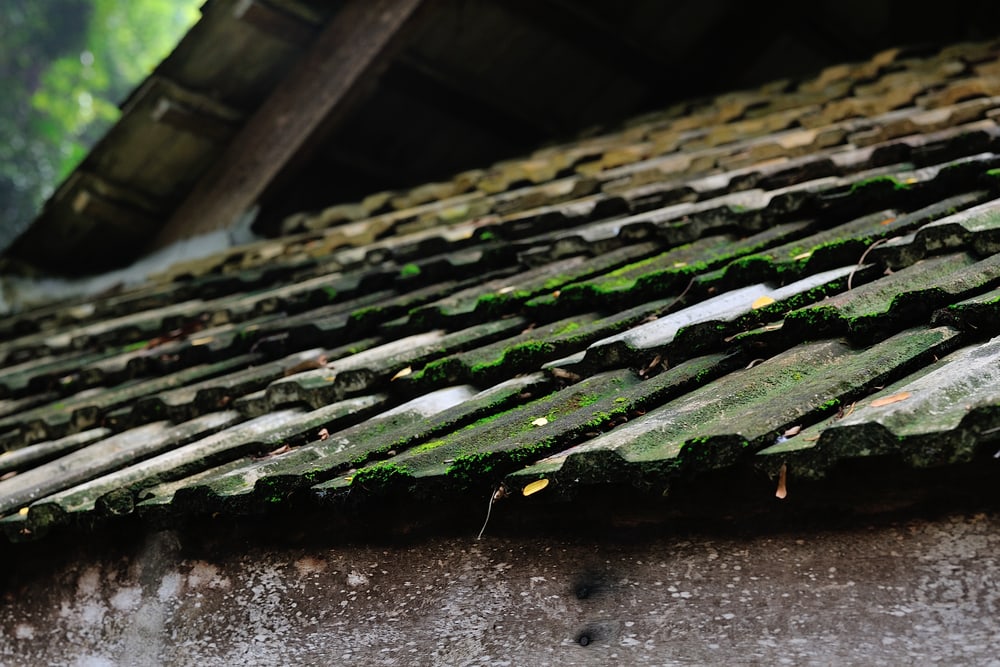How to Remove Roof Algae and Moss
To remove roof algae and moss, you’ll probably end up using a solution of household bleach. Both of these types of organisms don’t do well when exposed to bleach.
What is Roof Algae / Roof Moss?
Roof algae and roof moss are organisms that can begin to grow on asphalt shingle roofs, generally due to the presence of water and moisture. Because they can damage your roof over time, it’s important to remove them as soon as you notice them.
How to Remove Roof Algae
Algae aren’t plants, contrary to popular belief. The word “algae” is a garbage can taxon that can refer to a variety of totally unrelated organisms, from undersea kelp to single celled bacteria. The kind that’s growing on your roof is blue-green algae, a type of cyanobacteria. These single celled organisms were one of the Earth’s earliest forms of life, and today, they grow readily in quite a few places — including, unfortunately, your roof.
Gloeocapsa magna is the usual suspect when you start seeing ugly black streaks on your shingles. You actually shouldn’t use a pressure washer to remove roof algae. This can damage the shingles, and even worse, it’s not that great at removing the algae. Remember, these are aggregations of tiny single cells. They’re small but tenacious. Instead of using force, you need to use poisons — specifically, common household bleach. Living things don’t do well when exposed to sodium hypochlorite. On a molecular level, it unfolds important protein molecules, killing microbes almost instantly.
A bleach and water solution is the best way to remove roof algae. You can also use oxygen bleach instead, which is gentler on the asphalt shingles.
How to Remove Roof Moss
Cyanobacteria aren’t the only things that can grow on shingle roofs. In the right moisture conditions, moss also loves to make its home there. Mosses are relatively simple plants, which grow together in dense mats. Because they reproduce with wind-dispersed spores, they can end up settling on your roof and starting to grow.
You need to remove roof moss to prevent damage to your shingles. The moss grows on top of shingles, as well as in between them. As it grows, it pushes the shingles up and apart, letting rainwater underneath where it can lead to wood rot. Moss may be pretty, but it’s really bad for your roof and your home’s structural integrity.
To remove roof moss, you can use one of several different DIY solutions in a household spray bottle. As with algae, using a pressure washer is not recommended. A bleach and water solution — either sodium hypochlorite or oxygen bleach — can remove roof moss as well as algae. You can also make a solution with dish soap instead, or even with distilled vinegar.
Why You Should Remove Roof Algae/Moss
Why take the time to remove roof moss and algae? The answer is that over time, they damage your roof — and eventually, the structures beneath it. It’s more than just a cosmetic issue, so it’s important to deal with these rooftop invaders as soon as you notice their presence. Getting rid of algae and moss, as well as lichens and fungi, will help keep your roof strong and free of damage.
Are you looking for roofing help?
Contact one of our local offices near you today.


